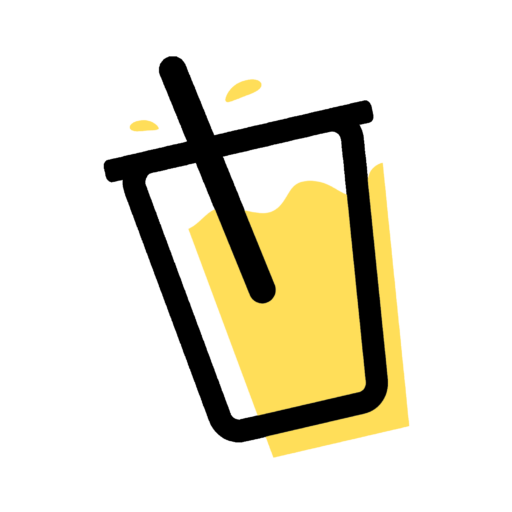Help us to improve your experience with us through better communication. Please adjust your preferences for
Email: jo**@*****le.com
Current families (parents and learners) can access the Grove Classrooms to attend their live classes, turn in homework, check your calendar, email your teacher, and check your grades.
Students meet live with the teacher and a group of students. The benefits of live courses are that students have interaction with a teacher and peers in a community. Longer (multi-day, semester, and subscription) courses offer them the ability to develop relationships with their teacher and peers while studying content that builds on previous learning such as longer-range essays, projects, and assignments with teacher feedback.
Live courses can be a:
Teacher and learner are “synced” together for learning but not at the exact same moment like in a scheduled live class (the “a” in “asynchronous!”
These are courses that give students the flexibility to work when they can, but they still have deadlines and accountability with a teacher! Learners have a teacher getting to know them, guiding them and interacting with them, offering feedback, and grading their work. The course includes video lessons, interactive activities, assignments, and quizzes. As this is an asynchronous course, there are no live classes. These courses are less expensive and very flexible, while still having interaction with a teacher.
Async Courses can be:
Students have access to curriculum or lessons and can go through them at their own pace or “on demand.” There are no live classes and students complete the lessons independent of a teacher. The benefits of the online lessons are that they are the most affordable way to experience an excellent curriculum with videos, interactive material, and quizzes. For younger students, parents are able to direct them through the learning; for older students, they can often navigate the lessons on their own.
Think of the online curriculum as an interactive, video-based, online book!
Online curriculum can be a:
Students meet with a degreed and certified teacher in a one-on-one live session. Your teacher will help you with the school work you already have or will design a custom curriculum for you. Price varies by teacher and whether your instructor is designing a custom curriculum or if you are bringing your homework for some support.
Tutoring can be:
In a subscription course, students complete lessons and/or meet on a regular basis, based on the subscription terms. For example, they may meet once per week, every other week, or three times per week. Payment is made per subscription terms, and you are not charged for weeks you don’t meet.
A Micro Lesson is a super quick lesson on one skill or concept, usually comprising of a video lesson for 1-3 minutes and an interactive activity.
A one-time course is one live meeting. It’s a great chance to try out a teacher to see if it’s a good fit or learning something in a short live lesson.
In a multi-day course, students meet and/or complete work over a period of days or weeks. It is shorter than an entire semester.
In a semester course like this, students meet or complete work for an entire semester (half a school year) or trimester (a third of the school year).
In a yearlong course like this, students meet or complete work for an entire year.
Groups are like clubs where groups of learners gather with like-minded peers to study, explore, read, talk, or play. A book club, lifegroup, or gaming team are great examples!
This is a course for adults, who have a coach and course to support them in gaining knowledge or skills. For example, our Orton-Gillingham early literacy teachers coach moms and dads who are teaching their children with dyslexia how to read. Another example is when Mrs. Lemons coaches teachers with lesson planning or classroom management, or she coaches teacher entrepreneuers in their teaching business.
Coaching can be a mix of self-paced learning, cohorts, live, webinars, small group, or 1-1.
Supporting Families. Equipping Learners. Serving Christ.

